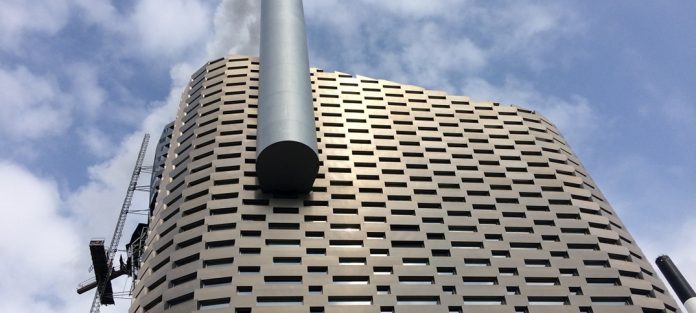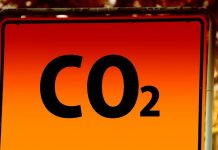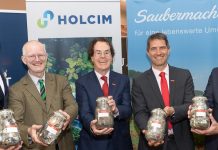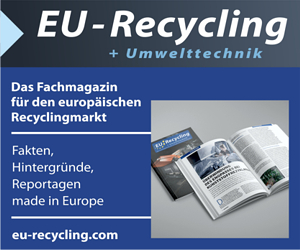ESWET welcomes the European Commission’s roadmap on the carbon removal certification and would like to highlight the potential of the Waste-to-Energy sector in contributing to the decarbonisation efforts.
The certification of carbon removals by the European Commission is a positive first step in the successful implementation of carbon capture, storage and utilisation (CCUS) technologies in Europe. The specificities of all sectors, including Waste-to-Energy, should be taken into account to ensure the achievement of the 2050 carbon-neutrality objectives.
For Waste-to-Energy, the integration of CCUS is an extra step towards decarbonisation. Indeed, capturing and permanently storing biogenic CO2 can “enable waste to be a net-zero or even net-negative emissions energy source”, as acknowledged by the latest IPCC report (2022). While projects in the sector – in Oslo and Copenhagen, to name a few – have been developing at a fast pace over the last few years, showing that the technology is mature, a comprehensive regulation at the EU level is still missing in the successful implementation of CCUS in Waste-to-Energy plants.
To allow the Waste-to-Energy sector to fully contribute to the EU decarbonisation efforts, ESWET calls for the carbon removal certification to:
- Establish a clear legislative framework with no contradiction with other decarbonisation instruments
- Facilitate the access to EU funding for Waste-to-Energy to integrate carbon capture, especially for large-scale plants
- Provide business case and financial incentive for removals of both fossil & biogenic CO2
A solid certification scheme will also enable the development of the full value chain, including carbon transport, storage and utilisation. Indeed, as more financial support is needed to ensure the full-scale deployment of infrastructure in Europe and ensure the effectiveness of carbon removals, clear regulation will provide visibility to investors and facilitate new projects.
Waste-to-Energy plants already act as carbon sinks by providing heat and electricity, diverting waste from landfills and recovering metals and minerals from incineration bottom ash.
Moreover, due to the heterogeneous composition of the non-recyclable waste treated, about 50 per cent of the emissions emitted by the plants are of biogenic origin, meaning from biomass. The integration of CCUS will allow these plants to turn into carbon-negative emitters.
For any further information, please check the ESWET position paper “ESWET contribution to the call for evidence on the certification of carbon removals“ and contact Manon Roussel, ESWET Policy Officer for Circular Economy, at: m.roussel@eswet.eu
Source: ESWET







